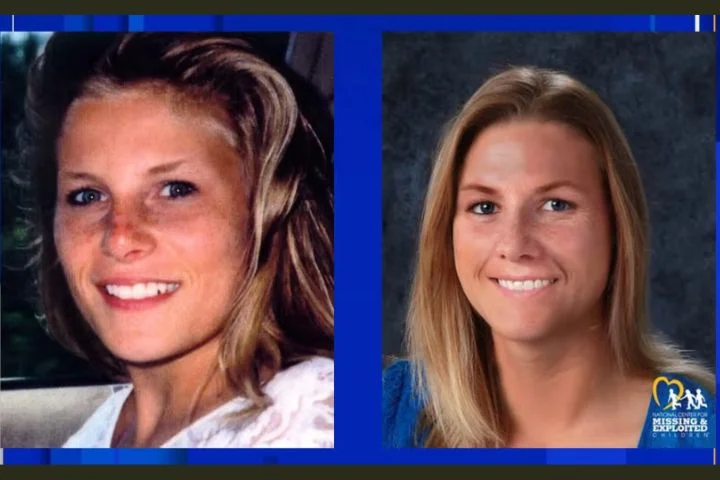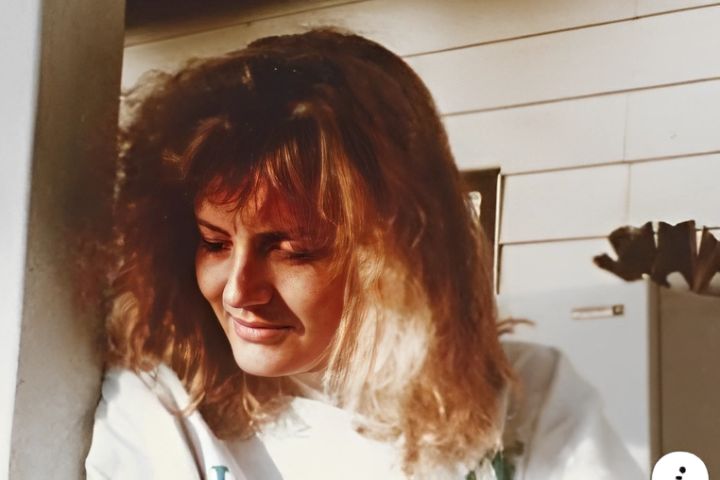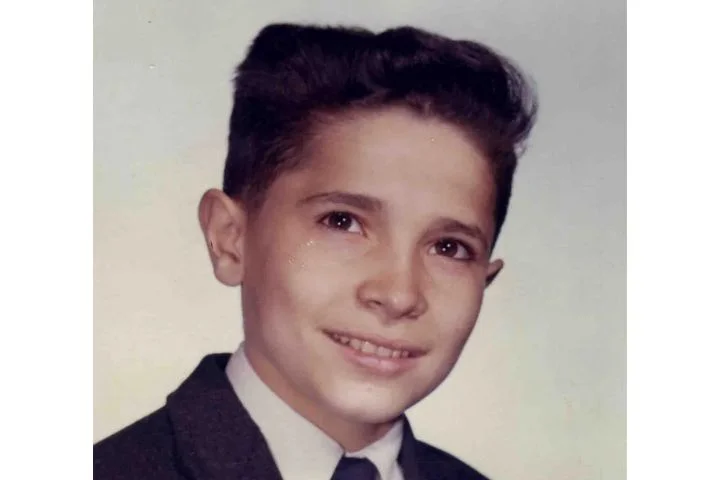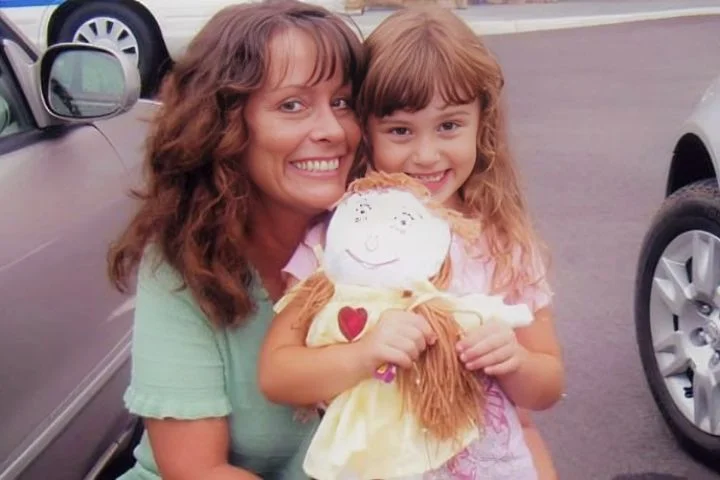Stacie Madison woke up early on Saturday, March 20, 1988. The 17-year-old was taking the SAT exam that morning, and wanted to make sure she did well enough to be admitted to the University of North Texas, where she planned to major in business. She wasn’t particularly worried about the exam; she did well in school and had studied until she felt adequately prepared. When the exam was over, she returned to her Carrollton, Texas home and spent the afternoon getting her hair permed by her mother. Pleased with the results, she got dressed and ready to go out and have some fun. It was the last weekend of spring break, and she wanted to make the most of it.
Susan Smalley, one of Stacie’s friends from school, drove to Stacie’s house that evening to see what her friend was planning on doing that night. The two girls decided to go out together and then spend the night at Susan’s house, located just a few miles away from Stacie’s home. Ida Madison gave her daughter permission to sleep over at Susan’s house, but told her that she still wasn’t allowed to stay out past her midnight curfew. The two girls jokingly asked how Ida would know if they were home or not, and Ida warned them that she just might call to check up on them. She reminded her daughter that, unlike Susan, who was already 18 years old, Stacie was still considered a child. Stacie promised to behave, gave her mom a hug, and bounced out the door.
Susan had dropped her mother off at work earlier that day so she could use her car to run errands, but she had to pick her up later that night. Stacie decided that she would follow Susan to her home in her own car, a pale yellow 1967 Mustang convertible that she adored. The two girls spent some time in Susan’s room discussing what they wanted to do later that night, then left the house together in Susan’s mother’s car. They drove to the Prestonwood Shopping Center to pick up Carolyn Smalley, then returned to Susan’s house.
The two teenagers decided to go to a small party at an apartment in Arlington, Texas, about 30 minutes away from Carrollton. They stayed there for an hour or so, but they were getting hungry and wanted to get something to eat. As they left the apartment, they mentioned that they were going to go to Chili’s for some food but might return to the party later that night. It’s unclear if they actually went to Chili’s, but they did not return to the Arlington apartment that evening.
Stacie kept her promise to her mother; the girls were back at Susan’s shortly before midnight. As soon as she was confident that her mother wasn’t going to call to check up on her, however, the girls went back out. They went to a nearby 7–11 and attempted to buy beer, but the clerk refused the sale because both of the girls were underage.
Susan worked part-time at the Steak & Ale restaurant in Carrollton, and she asked Stacie if she would mind driving her there so she could talk to a coworker. Stacie obliged, but stayed in her Mustang while Susan went into the restaurant. She had a crush on a particular coworker, and she spent about five minutes talking with him before leaving.
Susan’s manager saw her leave the restaurant, and watched as Stacie’s Mustang pulled out of the parking lot. It would be the last confirmed sighting of the two girls. They never made it back to Susan’s house that night, and they were never seen again.
Carolyn Smalley realized something was wrong as soon as she woke up on Sunday morning and saw that neither Stacie nor Susan were in the house. Although Stacie’s overnight bag was still in Susan’s bedroom, her Mustang was not outside and Susan’s bed did not appear to be slept in. Not wanting to overreact, she reached out to Stacie’s mother to see if the girls had gone over there for any reason, but she hadn’t seen her daughter since the previous night. With a sinking feeling, they called the police to report the girls missing.
Initially, the police were unconcerned. They assured the families that the girls probably just wanted to extend their spring break and had taken an impromptu vacation. They suggested that perhaps the teenagers went to St. Padre Island, a popular tourist spot. Both sets of parents were outraged at this suggestion. These were not girls prone to running away. They were both great students, had steady jobs, and were looking forward to graduation in a few months. They were also teenage girls who cared about their appearance, and they certainly wouldn’t have gone on a vacation without any of their clothing, makeup, and hair supplies.
When a security guard located Stacie’s Mustang in the parking lot of a Dallas shopping center, both families began to panic. It was possible that Stacie and Susan had decided to go somewhere with other people, but no one believed that Stacie would have willingly left her convertible unattended in a parking lot so far from her home. Their families were certain that they must have been taken against their will.
Police examined the car briefly and determined it showed no signs of foul play. The windows were rolled up, the ragtop had been secured, and the doors were locked. The only items found in the car were Stacie’s boombox and each of the girl’s jackets, draped neatly over the boombox in the back seat. Police likely made a critical error here. Because they decided that there were no signs of foul play, they didn’t bother to process the car for forensic evidence. It was never examined for fingerprints or possible DNA samples. Instead, it was turned back over to Stacie’s family. Detectives told the family that the girls had likely run off with some of their friends and were now afraid to come home because of all the publicity.
Realizing they couldn’t depend on the police to launch a search for the missing teenagers, their friends and families decided to conduct their own investigation. They had flyers printed up and began hanging them up all over the area.
When there was no word from either teen by the end of the week, even law enforcement began to grow increasingly concerned. They held a press conference and announced that, although they had no evidence pointing to foul play, they were going to handle the case as though something had happened to Stacie and Susan. They began interviewing family, friends, and classmates, but no one was able to provide any information about where the girls might be.
At 1:00 am on March 25, 1988, a police dispatcher answered a call from someone who claimed, “Stacie and Susan are okay” and then quickly hung up. Because the call had come in on an unrecorded line, detectives were unable to determine who had made the call. They believe it was most likely a hoax, but cannot be completely sure.
Stacie and Susan were both described as being mature and responsible young women who got good grades in school and were well-liked by their classmates. Susan was working two different jobs in an attempt to save money for a new car, and had talked about attending Dallas County Junior College the following year. Stacie worked as a receptionist in an allergist’s office; she had played French horn in the school’s marching band but quit her senior year so she could take the job. She had also been a baton twirler until her junior year, but had given that up when a boyfriend complained that she never seemed to have time for him.
Police questioned Kevin Elrod, Stacie’s boyfriend, extensively. Classmates said that he was controlling and abusive, and Stacie had been trying to break up with him. Unfortunately, she was the kind of person who couldn’t stand to hurt someone’s feelings, so she stayed with him because she couldn’t figure out a way to nicely end the relationship. Many people whispered that he was most likely responsible for the sudden disappearances.
Ida Madison, Stacie’s mother, was not a fan of Kevin. She knew Stacie had wanted to be free of him, and when he called the home that Saturday night looking for her Ida told him that Stacie had gone out with Susan. Now she worried that perhaps Kevin had gone out looking for Stacie, and had been angry when he found her.
Suspicions about Kevin kicked into overdrive when he told another girl he was dating that he had killed Stacie and Susan and dumped their bodies in a cemetery. Alarmed, the girl had promptly called the police to report this information. Investigators combed through the cemetery but could find nothing to suggest either missing girl had ever been there. Kevin later told detectives that he had only said he killed them because he was exasperated over the fact that everyone he spoke with always asked him where Stacie was and insinuated that he had done something to her. Frustrated, he decided to tell people he killed her since that was presumably what they wanted to hear. He agreed to take a polygraph examination about the disappearances, and he passed it.
In the second week of the search, both families decided that it would be best if they hired a private investigator. They didn’t believe that police were taking the case seriously and felt that they weren’t looking for their daughters. They were hopeful that a private investigator would have better luck bringing in some new leads, but unfortunately that wasn’t the case. They spent $3000 without learning any new information, so they decided they were better off investigating on their own.
During the initial weeks of their investigation, police were inundated with phone calls from the community. There were numerous potential sightings of the missing teenagers, but detectives were unable to confirm any of them. Many people called in to offer information that they believed was relevant to the investigation, but no solid leads could be developed.
First Great Western bank in Carrollton started a fund so they could offer a reward for information leading to the whereabouts of Stacie and Susan. Several area businesses, as well as individuals, contributed to the fund; by the second week the reward was up to $10,000. Detectives were hopeful that this would bring in some new leads, but they didn’t learn anything that brought them closer to finding the two girls.
The shopping center where Stacie’s car was found was located at the intersection of Webb Chapel Road and Forest Lane in Dallas. The parking lot there was a popular hangout for teenagers on weekends, when they would gather in crowds to drink and flirt. Stacie and Susan were known to hang out there, but when detectives tried to learn more about what might have taken place on the night the girls disappeared, they were unable to get any real answers from the teenagers they encountered in the parking lot. Investigators spent several weekends interviewing the teenage regulars, but they either didn’t know anything or were refusing to tell police what they knew.
As time went by, the number of tips being called in to police dwindled, then eventually stopped altogether. Although the families were trying to remain hopeful, it got harder as time went by and there was no progress made on solving the case. While Ida and Carolyn were convinced that their daughters were going to be returned home safely, John Smalley, Susan’s father, had a much harder time staying positive. He worried that the teenagers had either been killed or given drugs and forced into prostitution. He saw no way for the case to have a happy ending.
Months went by, and soon Stacie and Susan had been missing for a full year. Detectives admitted that they were no closer to solving the case than they had been at the beginning, and stated that they needed the help of the public in order to advance the investigation. Although a few people called in, all leads ran into d*ead ends. One person insisted that the two girls had decided to run off and get married to each other, another suggested that Stacie had a boyfriend at a state prison in Bushnell, Florida and could be found visiting him every Saturday. A woman believed the girls were living in an apartment in West Virginia. Another caller suggested they had moved to Minnesota. It seemed everyone had a theory about where the two teenagers might be, but none had any actual facts.
Many believe that the key to solving this case lies with the teenagers who gathered in the parking lot where Stacie’s car was found, but these teens were reluctant to get involved. Some speculate this was because they didn’t want to get in any trouble themselves once their families found out that they had been hanging out in the parking lot until the wee hours of the morning, but as time went by this excuse grew less feasible. All those teenagers are now in their forties and fifties, and there is no reason for them to remain silent.
Kevin Elrod was a potential person of interest in the disappearances at first, and there are many who still believe he was the person responsible. He was interviewed several times by detectives, however, and he passed a polygraph exam. At this time, he is not considered a suspect or a person of interest.
The case was at a standstill from the start, and it just got colder as years have gone by. Detectives still believe that there are people out there who know what happened to Stacie and Susan, and urge them to come forward. A reward is still being offered in this case.Age progression of Susan (Photo provided by NCMEC)
Stacie Madison was 17 years old when she vanished in 1988. She has blue eyes and blonde hair. At the time of her disappearance, she was 5 feet 6 inches tall and weighed 140 pounds. She was last seen wearing white cotton pants, a white sweatshirt with an orange and pink logo on the front, and white tennis shoes. Her ears were double pierced and her hair had just been permed at the time she went missing.
Susan Smalley was 18 years old when she went missing in 1988. She has green eyes and brown hair, and at the time of her disappearance she was 5 feet 8 inches tall and weighed 140 pounds. She was last seen wearing blue pants and a white sweater, and her ears were triple pierced. She usually wore contacts or eyeglasses.
If you have any information on Stacie or Susan, please call the Carrollton Police Department at 214–446–3324.






